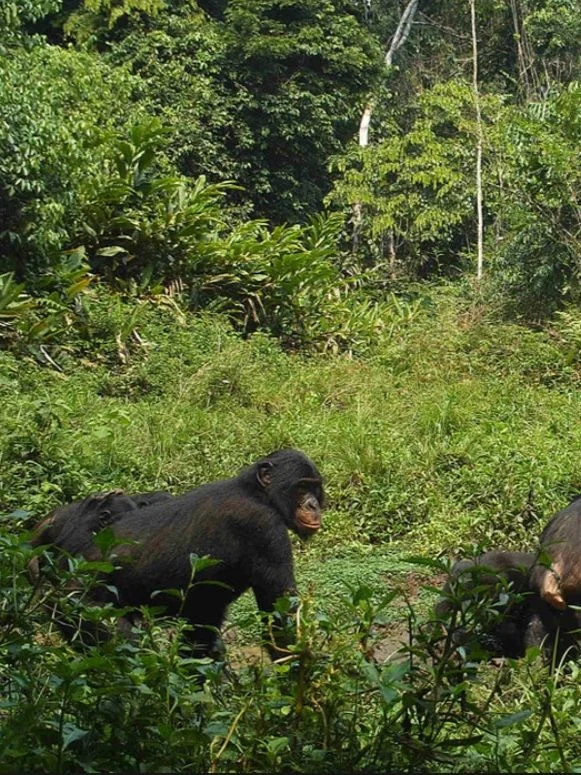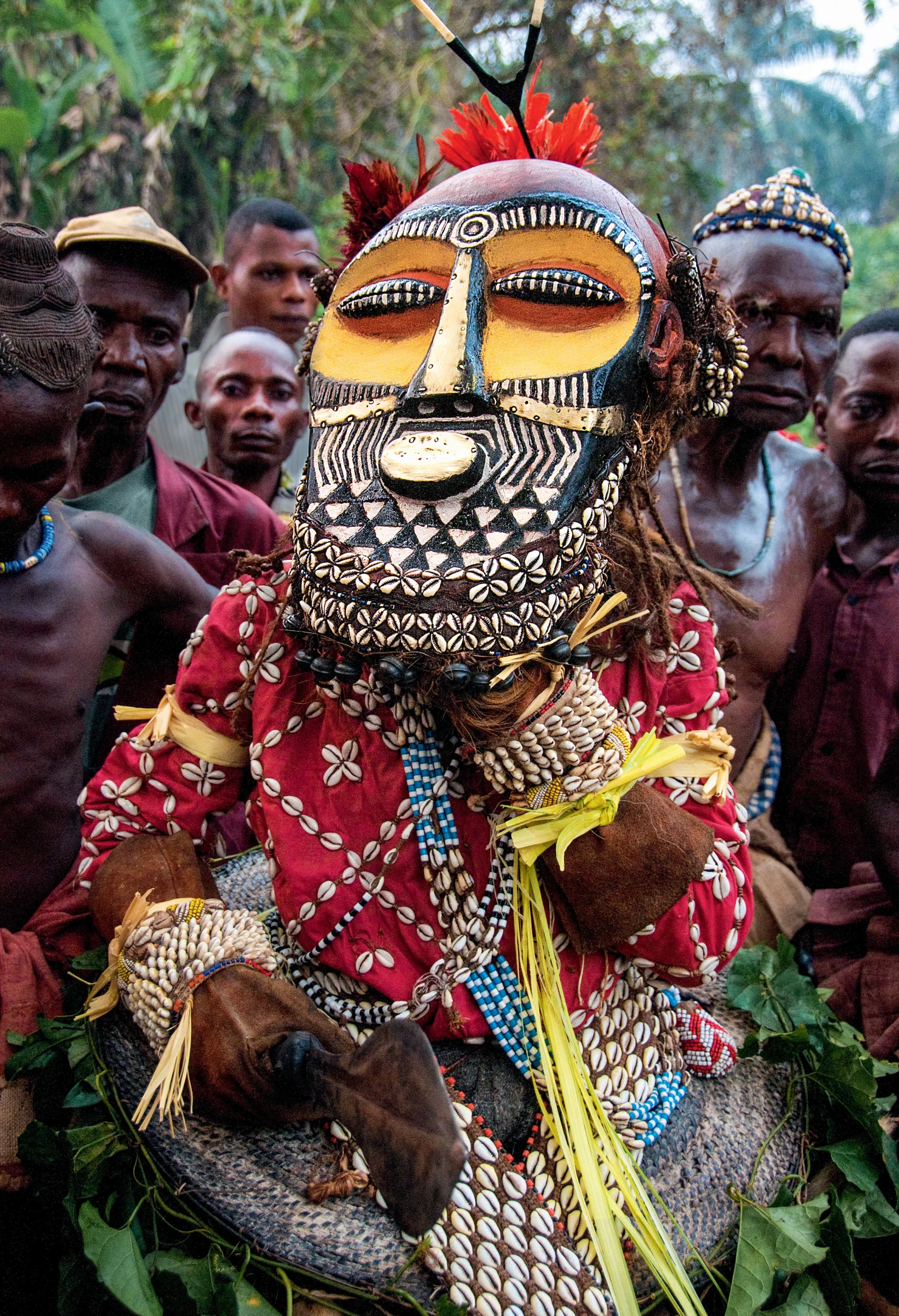
The Democratic Republic of the Congo: A Vibrant Mosaic of Diversity
Nestled in the heart of Africa, the Democratic Republic of the Congo (DRC) stands as a testament to the beauty of human diversity, boasting an unparalleled mosaic of cultures, languages, and traditions. With over 200 ethnic groups and up to 450 tribes [1,2], the DRC is one of the most ethnically diverse nations on the planet, a living gallery of humanity that shapes its identity as a great country. From the bustling markets of Kinshasa to the dense rainforests of Ituri, the DRC’s diversity is not just a statistic, it’s a vibrant force that fuels its cultural richness, resilience, and potential for sustainable development.
A Symphony of Traditions and Tribes
The DRC’s population, estimated at over 105 million as of 2025 [3], is a complex blend of ethnic groups primarily categorized by linguistic families: Bantu, Sudanic, Nilotic, Ubangian, and indigenous Pygmy peoples. The Bantu, making up about 80% of the population, include major groups like the Kongo, Luba, and Mongo, each with numerous subgroups [1]. The Kongo,
centered in the west, are renowned for their historical Kingdom of Kongo, a sophisticated 14th-century state that traded with European powers [4], while the Luba, in the south-central
region, are celebrated for their spiritual traditions and artistic contributions, such as intricately carved stools symbolizing authority [5]. Indigenous Pygmy groups like the Mbuti, Baka, and
Batwa embody the DRC’s ancient connection to the Congo Basin, with their forest-based cultures of hunting, gathering, and polyphonic music that has inspired global music studies [6,7].
In the north and east, Sudanic and Nilotic groups like the Zande, Mangbetu, and Alur add further layers, with traditions of centralized kingdoms and intricate art forms, such as the
Mangbetu’s historical head-elongation practices [8].
The linguistic landscape reflects this richness, with over 200 languages spoken, French as the official language, and Lingala, Swahili, Kikongo, and Tshiluba serving as national languages to facilitate interethnic communication [9]. Smaller tribes, such as the Pende with their ceremonial masks, the Yaka with their spiritual healing practices, the Tetela with their history of colonial
resistance, and the Banyamulenge their unique pastoral traditions and resilience, further enrich this tapestry. This diversity, shaped by centuries of migration and adaptation, is a living archive of human history [2].


Diversity Fuels the DRC’s Greatness
The DRC’s tribal diversity is a cornerstone of its greatness, manifesting in cultural richness, resilience, and economic potential. First, it fuels an unparalleled cultural heritage that captivates the world. The Kuba’s intricate raffia textiles, the Mbuti’s polyphonic singing, and the Mangbetu’s architectural artistry are celebrated globally [5,7,8]. Congolese music, from the soukous rhythms of Kinshasa to the traditional drumming of the Lunda, has influenced genres like rumba and jazz, making the DRC a cultural beacon [11]. This vibrancy, seen in festivals, ceremonies, and culinary traditions, not only fosters national pride but also enhances tourism and cultural exchanges, offering economic opportunities [12].
Diversity fosters resilience and adaptability, defining the Congolese spirit. Each tribe brings unique survival strategies: the Pygmy groups’ forest knowledge, the Luba’s agricultural innovations, and the Mongo’s fishing expertise enable communities to thrive despite challenges.
Challenges and Opportunities for Unity
While this extraordinary diversity is a powerful asset, it has also posed challenges that stem not from the diversity itself but from historical and structural mismanagement. During the colonial era, arbitrary borders were drawn without regard for existing ethnic boundaries, sowing the seeds of division and leading to community-level disputes over land, identity, and access to resources [1]. In the post-colonial era, political exclusion of certain ethnic groups from governance, particularly within decentralized structures, further entrenched inequalities and resentment [14].
Additionally, environmental degradation and competition over resources, particularly from logging, mining, and land appropriation, have exacerbated tensions between communities, intensifying inter-tribal competition in regions where access to basic services is already limited [15]. Yet, these challenges are neither inevitable nor insurmountable; they underscore the country’s immense potential. The 2006 DRC Constitution explicitly recognizes and protects cultural pluralism, affirming the rights of all communities to preserve and celebrate their heritage [16]. More recently, the 2024 national census seeks to establish an inclusive demographic and cultural database to inform policymaking and foster national unity [17]. By confronting historical injustices, promoting inter-ethnic dialogue, and implementing inclusive, community-driven policies, the DRC has a real and tangible opportunity to turn diversity into its greatest asset.
Unity in diversity is not merely an ideal but a realistic and achievable goal for Congo, where thoughtful leadership, strengthened institutions, and community participation can transform pluralism into a force for peace, innovation, and sustainable development.
References
1. Nzongola-Ntalaja, G. (2002). The Congo: From Leopold to Kabila – A People’s History.
Zed Books.
2. Minority Rights Group International. (2023). World Directory of Minorities and Indigenous
Peoples: Democratic Republic of the Congo. Retrieved from minorityrights.org.
3. United Nations Population Division. (2025). World Population Prospects 2025. United
Nations.
4. Thornton, J. K. (1998). The Kingdom of Kongo: Civil War and Transition, 1641-1718.
University of Wisconsin Press.
5. Roberts, M. N. (1996). Luba Art and Polity. University of Wisconsin Press.
6. Turnbull, C. M. (1961). The Forest People. Simon & Schuster.
7. Arom, S. (1991). African Polyphony and Polyrhythm: Musical Structure and
Methodology. Cambridge University Press.
8. Schildkrout, E., & Keim, C. (1990). African Reflections: Art from Northeastern Zaire.
American Museum of Natural History.
9. Ethnologue. (2023). Languages of the Democratic Republic of the Congo. SIL
International. Retrieved from https://www.ethnologue.com/country/CD.
10. Reyntjens, F. (1999). La Guerre des Grands Lacs: Alliances Mouvantes et Conflits
Extraterritoriaux en Afrique Centrale. L’Harmattan.
11. Stewart, G. (2000). Rumba on the River: A History of the Popular Music of the Two
Congos. Verso.
12. Hoffmann, K. (2021). Ethnogovernmentality: The making of ethnic territories and
subjects in eastern DR Congo. Geoforum, 119, 251-267.
https://doi.org/10.1016/j.geoforum.2019.10.0021.
13. Vansina, J. (1990). Paths in the Rainforests: Toward a History of Political Tradition in
Equatorial Africa. University of Wisconsin Press.
14. Calderon, A., Englebert, P., & Jené, L. (2021). When decentralisation undermines
representation: Ethnic exclusion and state ownership in DR Congo’s new provinces. The
Journal of Modern African Studies, 59(2), 131-157.
https://doi.org/10.1017/s0022278x21000045.
15. Lewis, J. (2000). The Batwa Pygmies of the Great Lakes Region. Minority Rights Group
International.
16. DRC Constitution. (2006). Constitution of the Democratic Republic of the Congo.
Kinshasa: Government of the DRC.
17. UNDP. (2024). Support for the 2024 National Census in the Democratic Republic of the
Congo. United Nations Development Programme.
